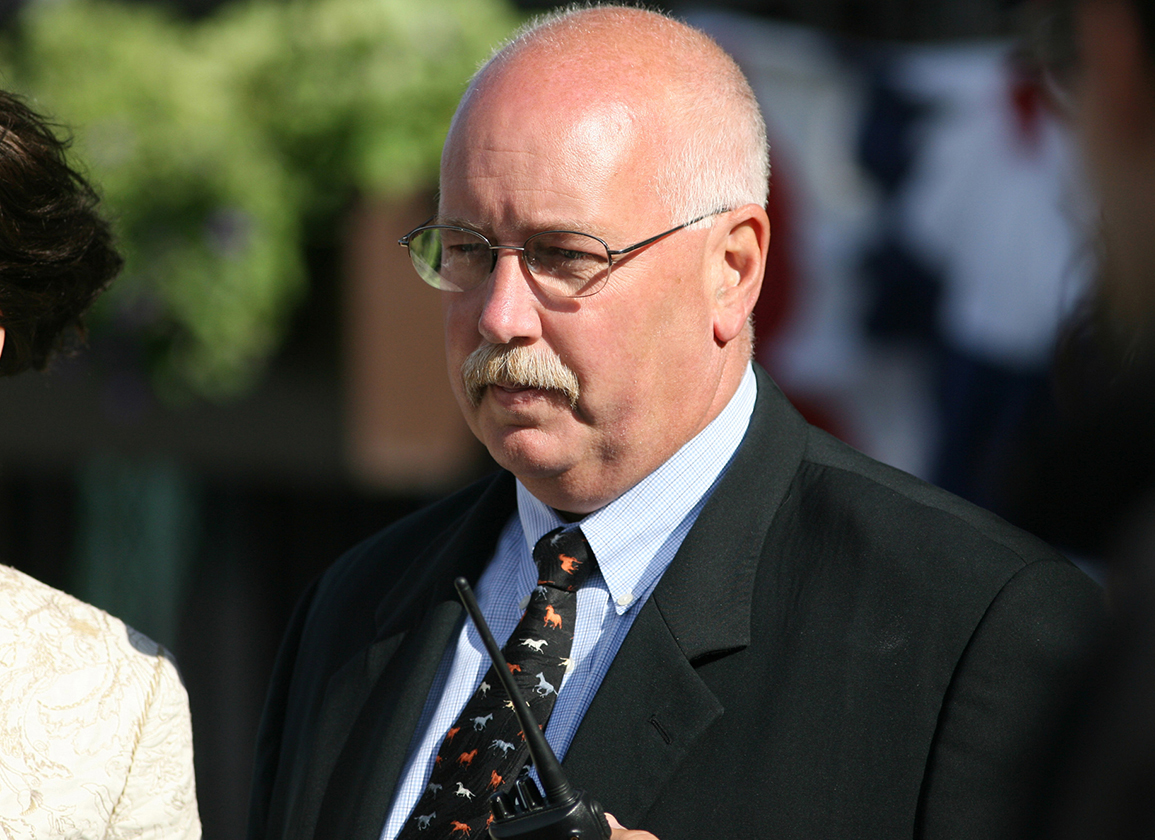Edited Press Release
Rood & Riddle Equine Hospital is pleased to announce the installation of an equine positron emission tomography (PET) scanner at the Lexington, Kentucky, hospital. This modality is used for diagnostic imaging in select lameness cases and can be used in standing, sedated horses. It does not require general anesthesia. The scans result in quantitative, three-dimensional, cross-sectional images that can help accurately pinpoint the location and severity of a problem. Any area on the limb from the foot to the carpus (knee) and tarsus (hock) can be imaged. Two different types of scans can be performed. One looks at areas of increased bone metabolism and is useful to identify sub-chondral bone disease, signs of impending fracture, suspensory ligament attachment disorders, and osteoarthritis. The other looks at the overall tissue metabolism and is useful in cases of soft tissue injury or laminitis. Rood & Riddle is the fourth location for this standing PET scanner for horses globally and is the site of the first installation at a private practice.
“We are excited to introduce this new technology for our patients,” said Dr. Katherine Garrett, Rood & Riddle's director of Imaging. “PET scans will increase our ability to detect bony injury in horses, which will hopefully lead to improved outcomes.”
Orthopedic surgeon Dr. Larry Bramlage added, “We started with radiographs alone, and they depended on celluloid and silver ions for an image. Then, digital radiographs moved us forward in the quality of what we could see. Nuclear scintigraphy was the next step because we could image physiology, not just anatomy. Then, the three-dimensional imaging with computed tomography (CAT) scans and magnetic resonance imaging (MRI) further expanded our capabilities. We have now moved forward to another level with PET scanning, which combines the physiology of nuclear medicine and the three-dimensional capabilities of CAT and MRI into a three-dimensional image of bone physiology. It can also look at the three-dimensional activity of some soft tissues. PET adds significantly to our imaging and understanding of the true status of the equine athlete.”
In 2015, Grayson-Jockey Club Research Foundation funded the first-ever research project that performed PET scans on equine athletes and followed that up with additional research funding in 2019. Now, this new cutting-edge research will assist vets coast to coast in identifying lameness problems that are hard to locate.
“Grayson has been a longtime supporter of research on the efficacy of PET scans in diagnosing injuries in horses, and we are pleased to see a PET scanner installed at one of the premier equine hospitals in the world,” said Jamie Haydon, president of Grayson. “We are proud to have contributed to the development of a technology that will help countless horses at Rood & Riddle for years to come.”
Not a subscriber? Click here to sign up for the daily PDF or alerts.






